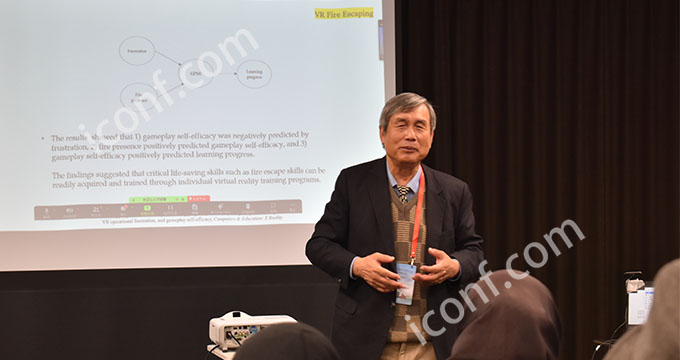

386 views||Release time: Feb 24, 2025
In the ever-evolving world of academic research, understanding the impact of your work is essential for career growth, funding opportunities, and institutional recognition. For researchers presenting at conferences, Scopus conference impact metrics offer a powerful way to quantify the influence of their publications. As a leading abstract and citation database, Scopus, developed by Elsevier, provides a robust framework for evaluating the reach and significance of conference papers alongside journal articles. In this article, we’ll explore what Scopus conference impact metrics are, how they work, and why they matter to researchers worldwide.

Scopus is renowned for indexing millions of conference papers from thousands of global events, making it a go-to resource for assessing research output beyond traditional journals. Conference impact metrics within Scopus are specialized tools that measure the visibility, citation performance, and prestige of papers presented at academic conferences. These metrics provide researchers with insights into how their work resonates within their field, offering a transparent and reliable way to benchmark influence.
Some of the key Scopus metrics relevant to conference papers include:
These metrics collectively offer a comprehensive view of a conference paper’s influence, making Scopus an invaluable tool for researchers aiming to amplify their academic footprint.
Conferences are often the first place where groundbreaking research is shared, making them a critical component of the academic ecosystem. Unlike journal articles, conference papers provide early insights into emerging trends and innovations. Scopus recognizes this by indexing over 6.8 million conference papers from more than 83,000 events worldwide, ensuring that researchers can track their impact alongside other publication types.
For example, a paper presented at a prestigious engineering conference might be published in a proceedings series indexed by Scopus. By analyzing its Scopus metrics, the author can determine how often it’s cited, how it ranks against similar works, and its overall contribution to the field. This data empowers researchers to refine their strategies for future publications and collaborations.
One of the standout features of Scopus conference impact metrics is their ability to enhance research visibility. When a conference paper is indexed in Scopus, it becomes accessible to millions of users globally, increasing its chances of being cited. Metrics like CiteScore and SJR further highlight the paper’s quality, signaling its value to peers, funding bodies, and academic institutions.
For instance, a high SJR score for a conference proceeding indicates that it’s cited by reputable sources, boosting its credibility. Similarly, a strong SNIP score shows that the paper performs well within its discipline, even in fields where citations are less frequent. Researchers can leverage these insights to identify high-impact conferences for future submissions, ensuring their work reaches the right audience.
So, how can researchers use these metrics in real-world scenarios? Here are a few practical applications:
Imagine a computer science researcher whose conference paper on artificial intelligence earns a CiteScore in the top percentile. This metric not only validates the research but also positions the author as a thought leader, opening doors to speaking engagements and editorial roles.
Accessing these metrics is straightforward for Scopus users. Simply search for your conference paper or proceeding in the database, then navigate to the document details page. Here, you’ll find a wealth of data, including total citations, citations per year, and PlumX Metrics, which track online engagement like downloads and social media mentions. For a broader view, Scopus Preview offers free access to journal and conference rankings, allowing anyone to explore trends without a subscription.
To make the most of Scopus conference impact metrics, consider these strategies:
As research continues to globalize, the importance of conference papers—and the metrics that measure their impact—will only grow. Scopus is constantly updating its tools, integrating new indicators like views count to reflect usage alongside citations. This evolution ensures that researchers have a holistic understanding of their work’s reach, keeping them ahead in an increasingly competitive academic landscape.
Scopus conference impact metrics are more than just numbers—they’re a gateway to understanding and enhancing your research influence. By leveraging tools like CiteScore, SJR, SNIP, and FWCI, researchers can measure their conference papers’ significance, refine their publication strategies, and elevate their academic profiles. Whether you’re a seasoned scholar or an early-career researcher, mastering these metrics can unlock new opportunities and amplify your voice in the global research community. Start exploring Scopus today and see how your conference contributions stack up!